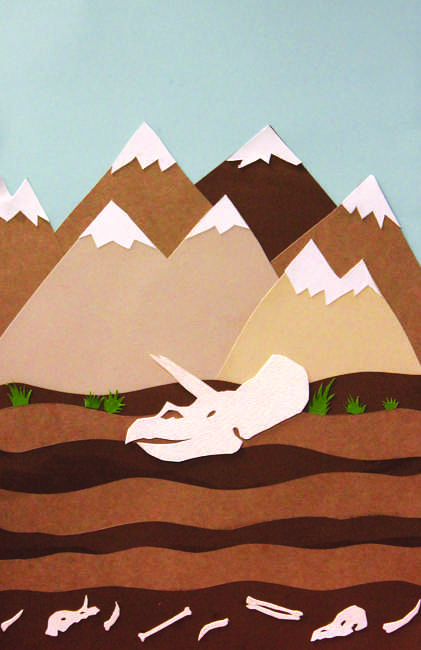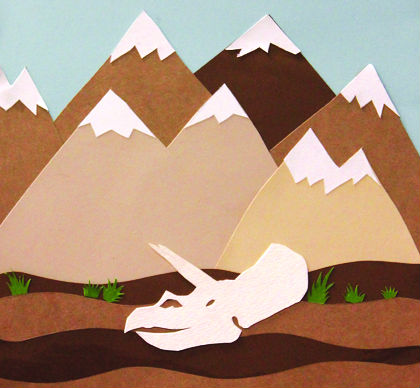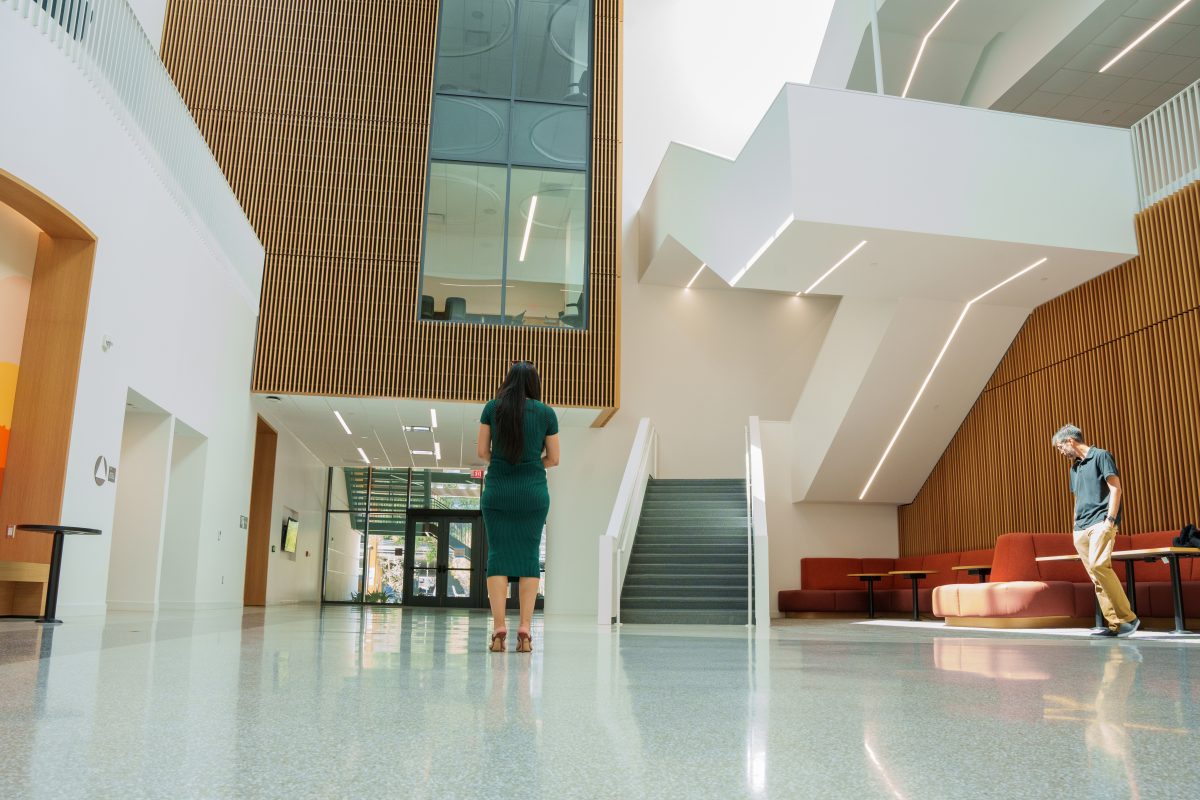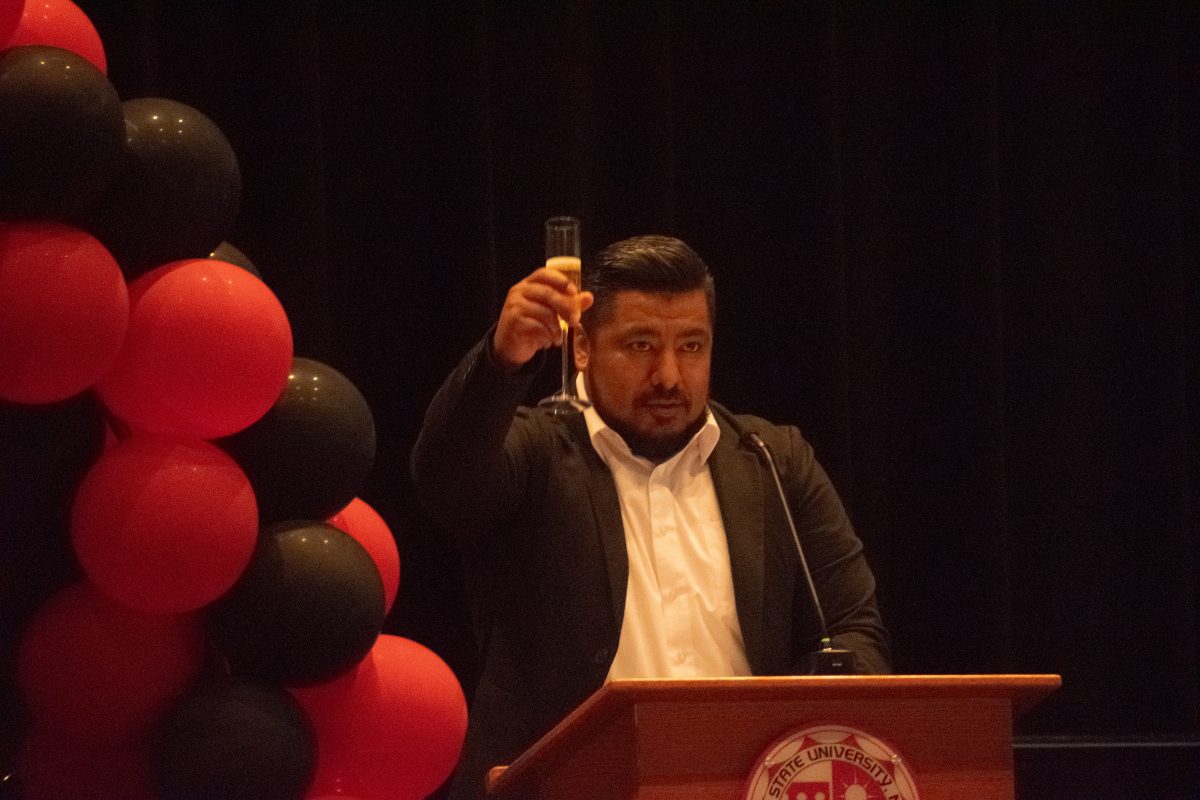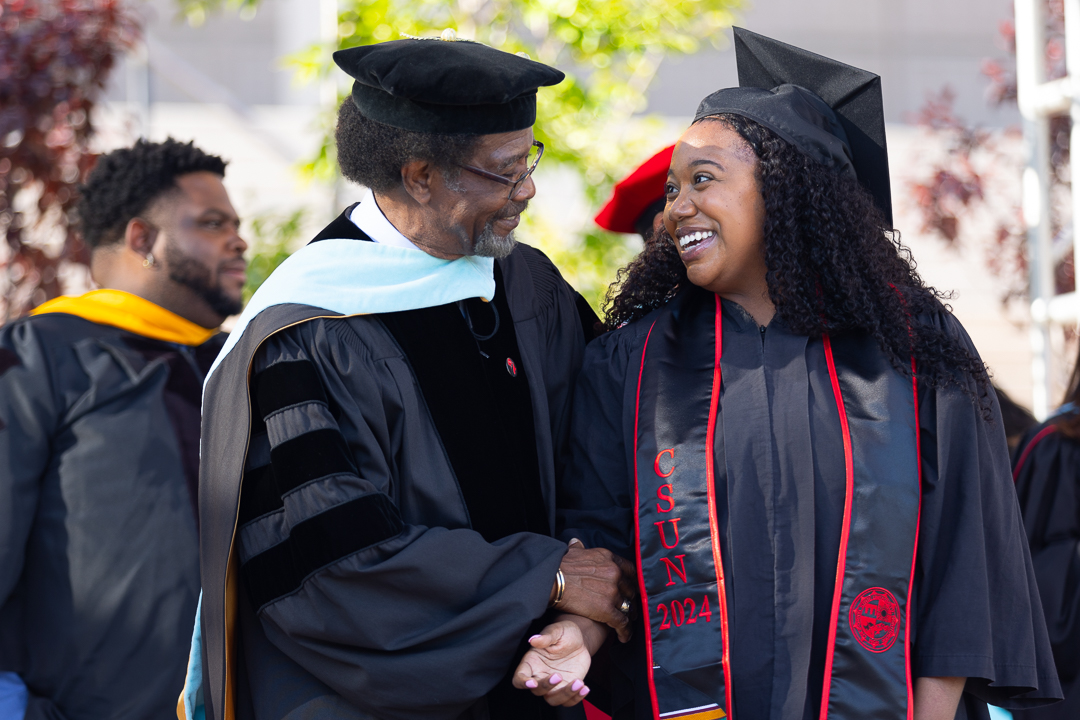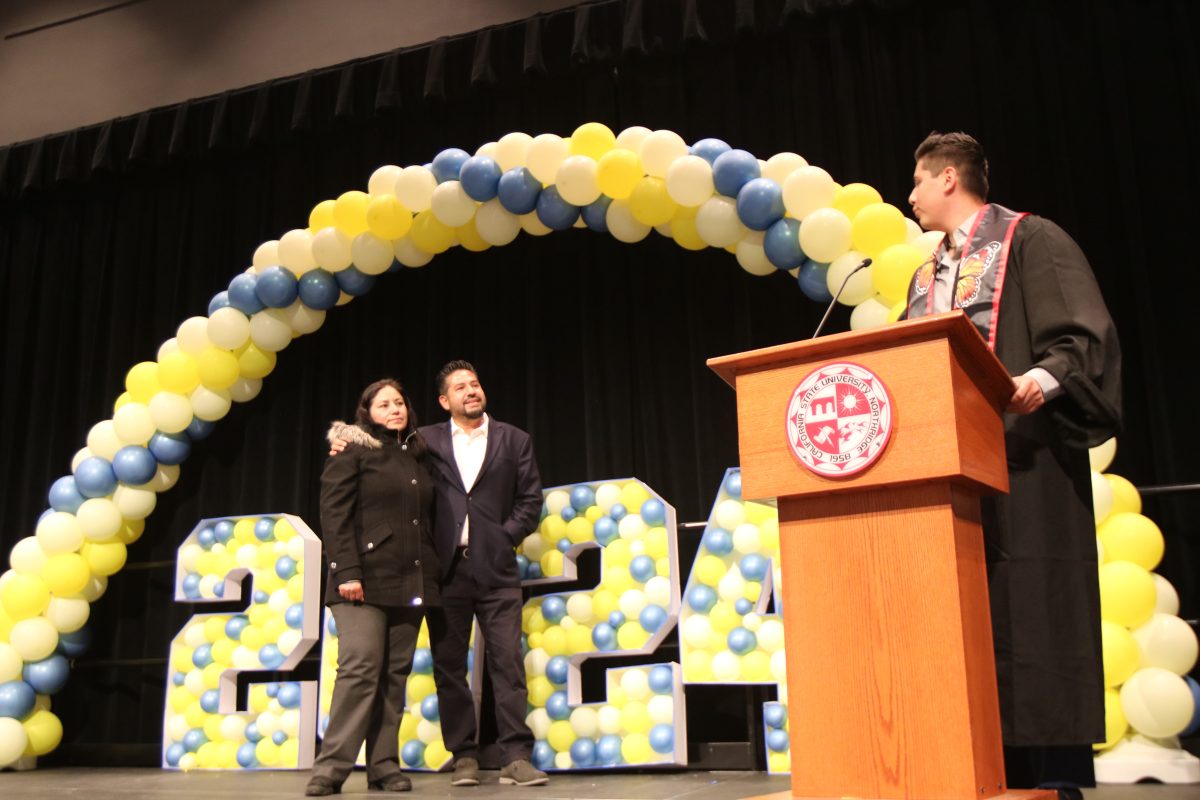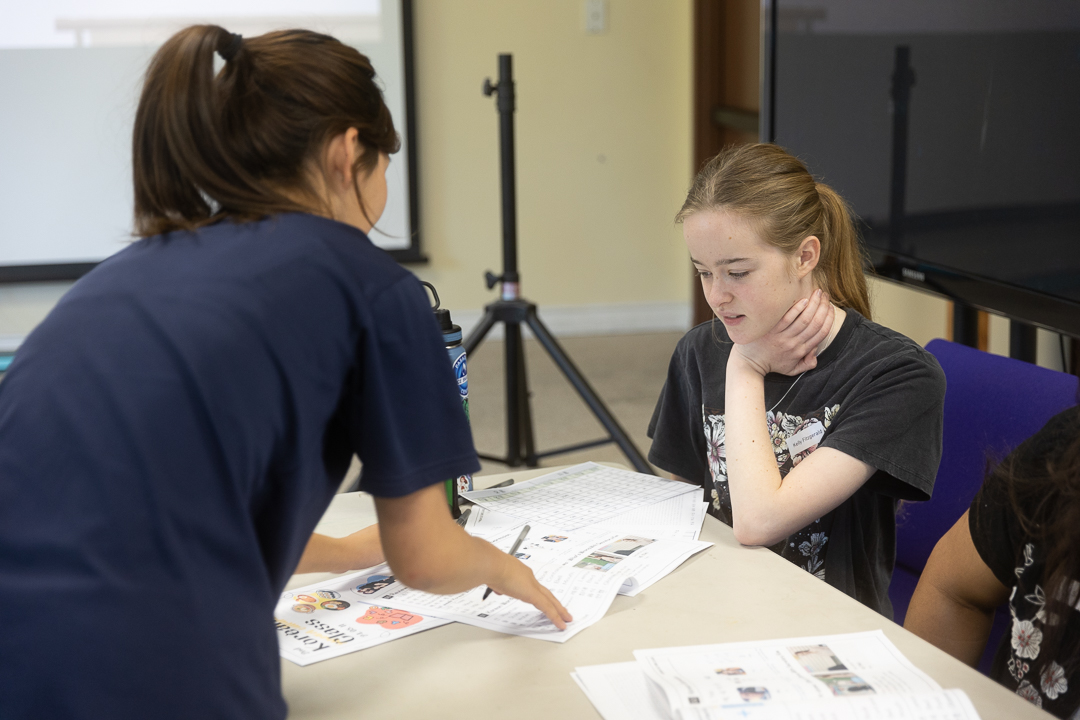A former CSUN scientist, who claims a dinosaur bone he found suggest the Earth is only 4,000 years old, has filed a lawsuit against the university for wrongful termination, claiming that he was let go for his religious beliefs.
Mark Armitage, a CSUN microscopist at the time, went on an excavation in the summer of 2012 at the world famous Hell Creek Foundation in eastern Montana, where he discovered a Triceratops horn.
“[It] was the largest Triceratops horn ever recovered from Glendive,” Armitage said. “It was 48 inches long and over 9 inches in diameter.”
Armitage published a paper in February 2013 and was let go from the university a short time thereafter.
While examining the horn, Armitage found some stretchy tissue and little cells known as osteocytes which build and maintain bone.
The findings suggested to Armitage, who identifies as an evangelical Christian, that the earth might, in fact, be younger than the general scientific community suggest because the tissue on the bone should have decayed millions of years ago.
“There is overwhelming evidence to show that the earth is not old, but is very young in fact,” Armitage said. “Radiometric dating shows it … carbon 14 shows it and of course, the soft tissue finds which we are finding in dinosaur remains all over the earth.”
The Triceratops roamed the earth roughly 65 million to 68 million years ago, according to the Smithsonian. However, Armitage said this type of tissue is an uncommon find even on recently deceased animals.
“We know of no scientific process that can preserve tissues like that,” Armitage said.
However, in 2000, paleontologist Bob Harmon discovered a Tyrannosaurus rex skeleton in the Hell Creek Formation. After two years of excavation, he gave Dr. Mary H. Schweitzer, professor of paleontology at North Carolina State University, part of that skeleton for examination and she made a similar discovery of soft tissue in the T-rex’s bones.
Schweitzer’s research led her to the discovery that iron particles might play a role in preserving soft tissue over such a long period of time.
“To preserve these soft tissues and cell-like structures a lot of factors have to come into play,” Schweitzer said via email. “I think that iron plays a role in preservation, much as it does in Alzheimer disease.”
When iron is in its active form, it is unstable, and if it isn’t surrounded by protein, such as when the dinosaur dies, the iron switches from unstable to stable, Schweitzer said.
She also said that these cross-links occur in formaldehyde the substance that slows down decay. So essentially the iron in the dinosaur breaks down into a sort of formaldehyde, which helps keep the tissue intact.
“Tissues in formaldehyde can’t decay because they are so tightly cross-linked that microbes can’t attack … they are ‘fixed’,” Schweitzer said. “So, I think that is the first step, and when you think about a dead 7 ton T-rex, there is a lot of iron available.”
While Armitage believes that his findings suggest that the earth is young, he does not say that in his paper; rather he suggests that more research is needed.
The lawsuit details that things got complicated on Armitage’s return from the dig.
When Armitage came back from Hell’s Creek that summer, he went back to work in the CSUN lab, instructing and discussing his findings.
During one of these instructional periods, Armitage talked about his finding with a student of Dr. Ernest Kwok, assistant professor of biology at CSUN, and discussed his point of view as to what the possible implications of the finding could be.
Armitage alleges that after the encounter with the student, Kwok confronted him and “chastised” him for his creationist projects.
Kwok allegedly stormed into Armitage’s lab and shouted, “we are not going to tolerate your religion in this department,” according to the lawsuit.
When Armitage informed Dr. Randy Cohen, professor of biology, and William Krohmer, manager of technical services and safety, he claims that nothing was done about his complaint and the matter was left unresolved.
Armitage alleges that CSUN officials fired him due to his creationist beliefs.
The biology department was unavailable for comment.
Before being hired on at CSUN, Armitage published several papers in support of the theory.
For five years, he ran two electron microscope labs at Azusa Pacific University and he owns a commercial microscope business.
Before he joined the faculty at the CSUN biology department Armitage would service and sell microscopes to the campus.
In 2009, he began working at CSUN as a part-time microscopist, responsible for providing training to students and faculty on operating lab equipment and he was responsible for running the lab at the top of Chaparral hall.
“I had three electron microscopes,” Armitage said. “I had a cryostat, a very expensive tissue processor and I had a $300,000 confocal microscope.”
When Armitage first arrived at the CSUN biology department, he installed equipment and worked with department personnel to evaluate and purchase equipment for the recently constructed Chaparral Hall.
The biology department received him well and in 2011, according to the lawsuit filed by Armitage’s attorneys. The department asked him to teach a graduate course in biological imaging, although he never did.
Armitage’s lawsuit also states that Dr. Steven Oppenheimer, biology professor at CSUN, commended Armitage on his work up to that point saying, “He’s tops. He has patience, great expertise and practices great care.”
Given that Armitage appeared to be in good standing with the department, it came as a sort of surprise to him when he got fired, according to the complaint.
However, CSUN hired Armitage as a part-time and temporary employee who worked two, 10-hour days a week. So, they could have other reasons for letting him go. Albeit, for the while that he was at CSUN he was highly commended for his work within the microscope lab, which is why Armitage insists he was let go for his beliefs rather than the terms of employment.
The complaint was filed at the Los Angeles Superior Court in late July and Armitage is seeking compensation for loss of salary, punitive and exemplary damages, as well as front and back pay.
To Armitage’s attorney Michael Peffer, senior counsel at Pacific Justice Institute, the true issue at hand lies with the manner of Armitage’s termination and not with the actual science.
“It really doesn’t matter in terms of the legal position whether it’s utter nonsense what Mr. Armitage published,” Peffer said. “The essence of the lawsuit is that he has a sincerely held religious belief and the administration or the powers that be at CSUN tied his finding to his religious belief and then fired him over it.”
CSUN has not responded to the lawsuit.
As for Armitage, he is still involved in microscopy and has presented his evidence from the Hell Creek Foundation at different scientific meetings around the country. He has a paper coming out soon that will cover more of his findings at Hell Creek.
Until then Mr. Peffer said Armitage is “diligently seeking to minimize the damaging effect that his termination had on his life.”
